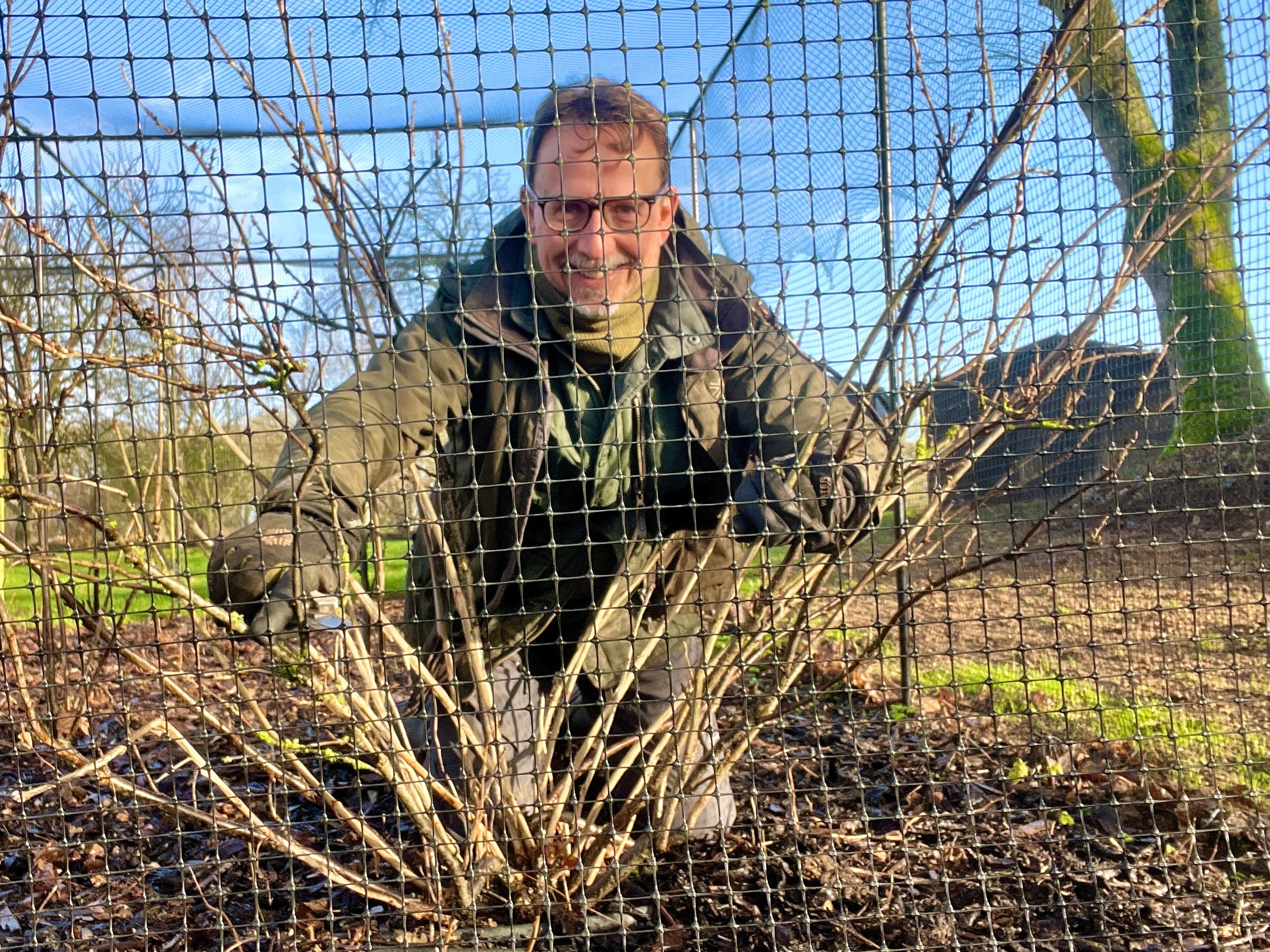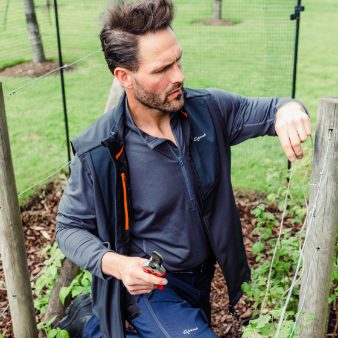Currant affairs

Adjacent to the vegetable garden at genus HQ is our fruit cage. It’s of a good size, 5 metres by 4 metres with metal uprights supporting the black mesh. We have summer raspberries, autumn raspberries, redcurrants and blackcurrants, all surrounded by a thick bark mulch. It requires some upkeep mainly to keep on top of any emerging weeds (despite the mulch) and of course pruning. Luckily most of the pruning can be done at the same time of year ,so it’s a simple job to put aside a few hours in January and get in amongst them.
Autumn fruiting raspberries are simple - they are just cut to the ground, though fruiting can be manipulated by leaving some stems unpruned giving an earlier crop. Our summer fruiting raspberries haven’t put on much growth this year. They’re a new batch of plants and we suspect that they’re suffering from replant disease an affliction that many of the Rosaceae family don’t take kindly to. That’s something they’re sensitive to, being planted in ‘secondhand’ ground where another member of the family has been planted before. We’re persevering and hoping that a good feed of chicken manure and a mulch of fresh compost will perk them up.
In an ordinary year the previous year’s stems that have fruited would be cut out and the new greener stems tied into horizontal wire supports. We also find that raspberries like to go for a wander. Spreading by underground runners they can appear several metres away from their main row. In this case a gloved hand is used to simply pull them up, roots and all.
Blackcurrants are almost as easy as the autumn raspberries to maintain. Fruiting better on new wood it’s a simple matter to remove the older darker stems that fruited last year. Some of the newer stems are removed if theyre poking out at an awkward angle or crossing through the centre of the bush. The aim is to produce an open centred goblet shape.
Redcurrants fruit on older wood so the framework from previous years can simply be tidied up with any dead, diseased or dying stems removed. One or two of the newer stems can be left to take their place. Again, the aim is to end up with an open centred plant.
And that winter dilemma? “How do I know which are redcurrants or blackcurrants when there are no leaves or fruit”? Simply rub the bare stems with your hand. Redcurrants smell of very little. The blackcurrant stems however evoke memories of long summer days, bowls of clotted cream, and lazy evenings where the cooling air brings out the pipistrelle bats and swifts scream along the lanes towards their night time roosts. Wake us up when spring has arrived!







